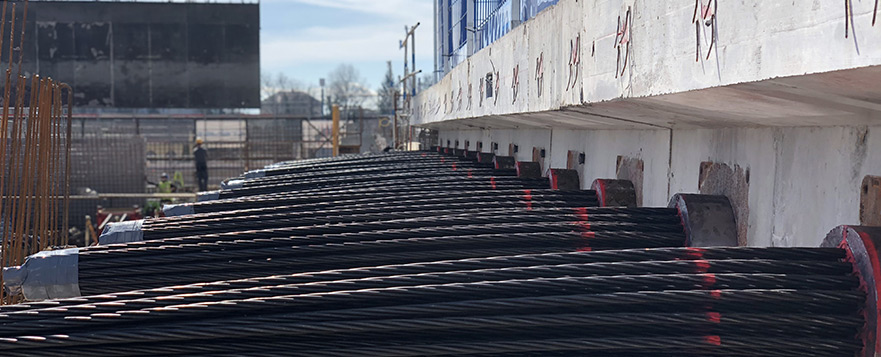When we think about buildings, we often notice their towering heights, sleek designs, or how they blend into the landscape. But beneath the surface, there’s a crucial element that holds these structures steadfast: anchors.
These small yet mighty components play a vital role in ensuring buildings and ground structures remain safe and secure, even amidst challenging conditions.
What are Anchors?
Anchors are essentially devices used to secure one object to another, often into surfaces like concrete or soil. They come in various forms, from simple wedge anchors used in household projects to more complex systems designed for large industrial building anchors. Their purpose is straightforward yet critical: to prevent structures from shifting or moving under pressure.
Importance in Building Construction
In building construction, anchors serve as the foundation’s support system. They are embedded deep into concrete foundations or drilled into rock-solid ground to provide stability.
Imagine a skyscraper in a bustling city—each floor, each wall, and each window relies on anchors to stay in place, especially during strong winds or earthquakes. Without these anchors, buildings would be vulnerable to movement, compromising safety and durability.
Types of Anchors
There are several types of anchors tailored to different construction needs. Expansion anchors, for example, expand against the walls of a drilled hole to create a secure hold. Threaded anchors, on the other hand, are designed for heavy-duty applications, ensuring equipment and machinery stay firmly fixed.
Each type is selected based on the specific requirements of the project, whether it’s securing heating oil tanks or anchoring large buildings.
Securing Ground Structures
Anchors aren’t limited to buildings alone; they also play a crucial role in ground construction. Take, for instance, retaining walls that prevent soil erosion or fences that mark property boundaries. Anchors ensure these structures remain intact over time, resisting the forces of nature such as soil pressure or water flow.
Even in large industrial settings where oil tanks are stored, anchors secure these tanks firmly to the ground, preventing potential hazards.
Challenges and Solutions
While anchors provide robust support, their installation and maintenance require careful consideration. Factors like soil composition, weather conditions, and load requirements influence the type and placement of anchors used.
Engineers and construction professionals meticulously plan each anchor’s placement to maximize efficiency and safety, ensuring they can withstand the test of time.
Installation and Maintenance Challenges
Installing anchors involves precision and expertise. Engineers must consider various factors such as soil composition, depth of embedment, and load requirements. Each anchor type requires specific tools and techniques, ensuring they are securely fastened to provide reliable support.
Regular maintenance is also crucial to check for corrosion or wear, especially in environments exposed to moisture or extreme weather conditions.
Conclusion
In essence, anchors are the unsung heroes of construction and ground building. They quietly work beneath the surface, holding everything together with steadfast reliability. Whether it’s securing heating oil tanks in residential areas or anchoring large industrial buildings, their importance cannot be overstated.
Next time you admire a towering skyscraper or a sturdy fence, remember that anchors are the silent guardians ensuring these structures stand tall and strong.




